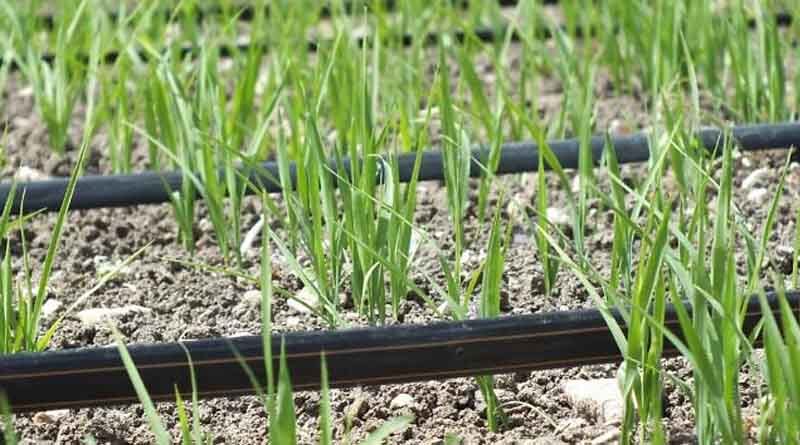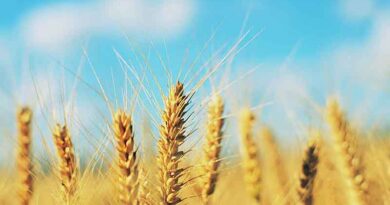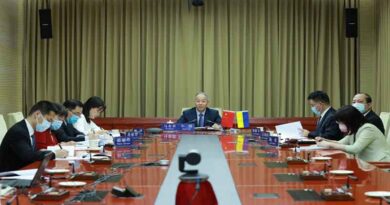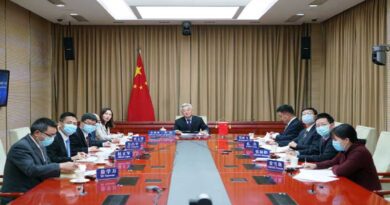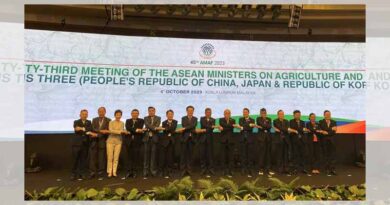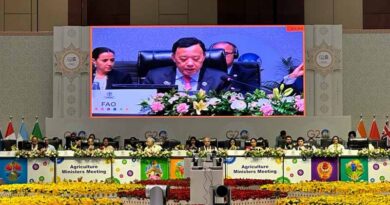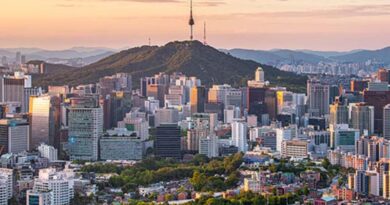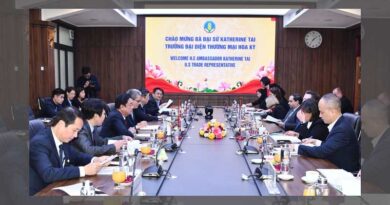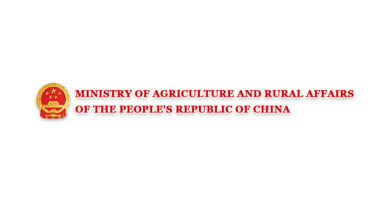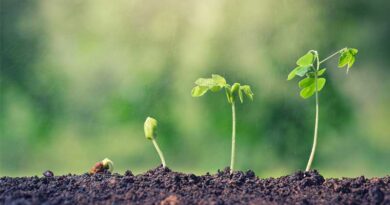China: Rewards reaped from modern agriculture
28 June 2022, China: The development of modern agriculture in China has come a long way during the past decade, pivoting from relying on the input of resources to an innovation-driven model, a senior official with the Ministry of Agriculture and Rural Affairs said on June 27.
“Agricultural technology and equipment have greatly improved, and modern agriculture in China is moving into a new stage,” Vice-Minister Deng Xiaogang said at a news conference held by the Publicity Department of the Central Committee of the Communist Party of China.
The long-lasting problem in the agriculture sector — its dependence on weather conditions — has been improving faster, Deng said when introducing the development of China’s agriculture and rural vitalization in the past decade.
More than 54 percent of farmland is effectively irrigated and a total of 60 million hectares of high-quality farmland have been built, he added.
Breakthroughs have been made in agricultural science and technology, contributing to 61 percent of the total development in the agriculture sector, with 50 modern agricultural technology systems, 47 national key laboratories, and 100 observation stations built.
“Significant results have been achieved in developing water-saving and drought-resistant wheat varieties, super-green rice, and white-feather chicken broilers,” Deng said, adding that the self-sufficiency rate of crop seed resources in China exceeds 95 percent.
Last year, China independently developed new white-feather chicken broiler breeds, breaking the country’s 17-year reliance on imported genetic resources for chickens.
Deng added that the general mechanization rate in crop planting, growing, and harvesting exceeds 72 percent, and the mechanization rate in animal husbandry, aquatic products, and greenhouse agriculture has greatly improved.
Zeng Yande, head of the ministry’s development and planning department, said the country has made strides in promoting greener agriculture.
Agricultural resources have been protected through improving arable land use and efficient irrigation systems, he said.
The country has built a national crop germ plasm resource bank with the strongest preservation capacity in the world, as well as a number of livestock and poultry farms to conserve genetic resources in the past years.
“Pollution generated from the agriculture sector has been effectively curbed,” Zeng said.
Through measures such as replacing chemical fertilizers with organic ones, the total use of chemical fertilizers has been dropping for many years.
Also Read: VL Bath 202 Notified variety of Soybean

